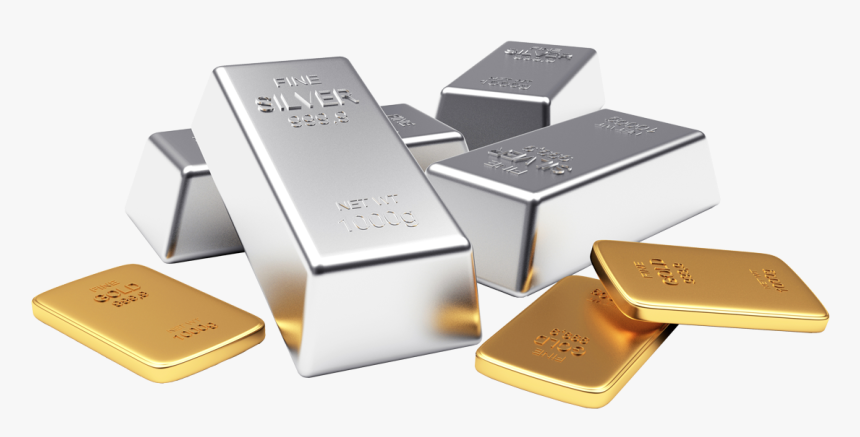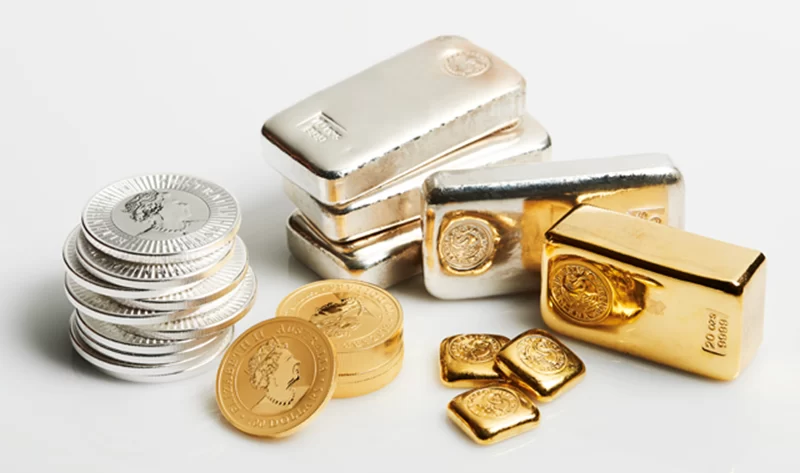Why Has Gold Been Valuable Throughout History?
Some argue that gold have no intrinsic value and is only a barbaric relic with no financial worth. They say that paper currency is the favored medium of trade in today’s economy, and that gold’s primary value is as a jewelry material.
On the other end of the spectrum are those who claim that gold is a unique asset with several intrinsic characteristics that make it important for investors to keep in their portfolios. They believe which there are as many reason to invest into gold as there are investment vehicles.
Gold’s Fundamental Contradiction
Gold always had worth for all these reasons, according to most people: as a component of ornamental jewelry, as a form of payment, and as investment. But, in contrast to these tangible characteristics, there is another aspect of gold that, while more difficult to quantify, is just as genuine: its mystery. The mystery of gold’s attractiveness is part of what makes it so appealing.
Psychology, Gold, And Society
Gold may not be immediately useful if the modern paper-currency economy collapses—as panic breaks in & people fight for their fundamental needs—but it will be eventually.
People are Pack Animals. We prefer (to varied degrees) company of other human to full independence. Working in groups is easier than trying to live off the earth on our lonesome. This human feature encourages us to find methods to collaborate, which causes us to find simple and effective ways to exchange products and services.
Gold Offers the Reassurance of Longevity. This transaction should be conducted in gold. We will return to gold if tragedy strikes, rendering paper money & the institution that supports it obsolete. Gold is arguably one of the only materials on the planet that has all of the necessary attributes, including sustainability.
How to Make a Wage Steak from a Gold Brooch A person holding a mass of gold bears no physical quantity; they can’t, for example, eat and drink it. If society decide to turn gold in coin for use in goods-trade economy, the currency will gain value instantly. What was formerly inedible could now be turned into a delicious wagyu steak dinner.
Silver: Its Uses And Importance In Industry

Silver, also known as the “white metal,” is prized for its beauty & numismatic worth. Silver has been prized by people for thousands of years in the form of jewelry, coins, and silverware. Silver is used in practically every industry in the modern economy, including but not restricted to the solar energy, medicine, electronics, touch screens, batteries, and the automotive industry. If you’re considering investing in silver or other investment metals, you’ll be glad to see how much desire there is these days for silver.
Silver’s Other Metallic Characteristics Include:
- Silver, like gold, resists oxidation and corrosion, though not quite as well.
- Silver transmits heat and electricity more efficiently than any other metal, making it suitable for electrical products.
- Silver is non-toxic & even aids in the killing of bacteria and microorganisms.
- Silver is the only metal that is photosensitive.
- Silver is far more plentiful than gold, making it a less expensive and more accessible option.
Electrical cables and other electronics are two of silver’s most important industrial uses. Silver can be found in alarm clock, door knobs, speaker lines, solar panels, circuit boards, batteries, & pressurized nuclear reactors, among other things.
Silver is also used extensively in the healthcare profession. Foley catheters with silver coating can help avoid infections in the urinary tract. When taking x-rays, radiologists use silver halides. In bandages, dressing, implants, & prosthetic limbs, silver can help avoid disease and infectious growth. To prevent cavities, silver needles, sutures, & silver fillings are used. Many hospitals, in fact, utilize the silver screen to filter water from their faucets. (The Silver Institute has more information.)
Silver demand reached a new high in 2016. The majority of the increased demand comes from Thailand, however North America saw a 5% growth year over year. There were also significant increases in Chinese solar cell manufacture, which could be silver-intensive, and also industrial demand in Japan. Since Great Recession of 2007-08, demand for silver coinage as investment asset has risen dramatically.


